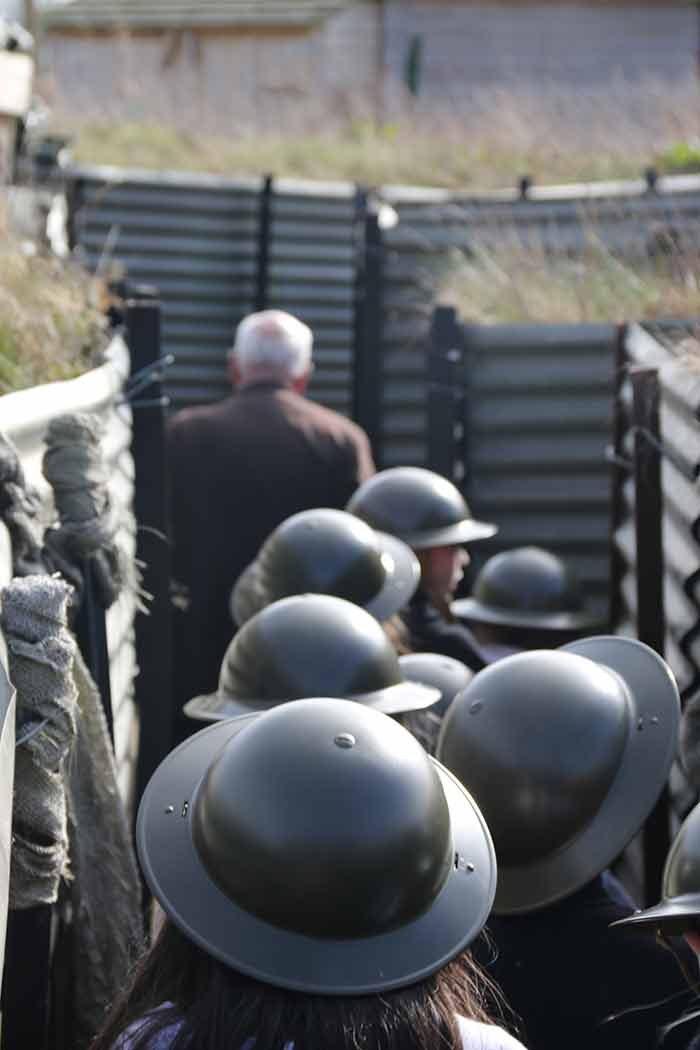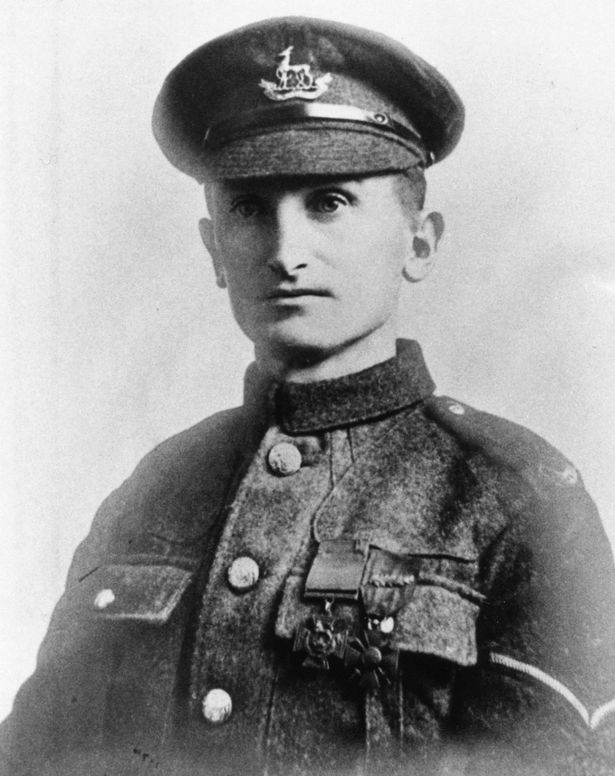World War one – Replica Trench
This trench system is dedicated to the memory of Private (later Sergeant) Arthur ‘Titch’ Vickers VC.
Arthur Vickers was born in Aston in Birmingham in 1882. Due to his small statue, he was just over 5 foot; it took him 6 attempts before he was finally accepted into the 2nd Battalion Royal Warwickshire Regiment in 1902. He was known affectionately as ‘Titch’. He served for 6 years until 1908 and then re-enlisted a few days after the outbreak of War in 1914. He was posted to France in 1915, and after only four months he was in action in operations before Hulloch in France for which he was awarded the Victoria Cross (VC) and the French Military Medal.
His citation reads “On 25th September 1915 during the Battle of Loos the 2nd Battalion attacked at 6.30am. In the face of terrific fire, they reached the first line of trenches to find that the wire was not cut. Private Vickers, on his own initiative and with the utmost bravery, ran forward in front of his company and, standing up in broad daylight under heavy fire, cut two gaps in the wire.”







